Silent Witness: An Interview with Jean Duprat
Interplanetary dust and the birth of the solar system
Brian Dillon and Jean Duprat
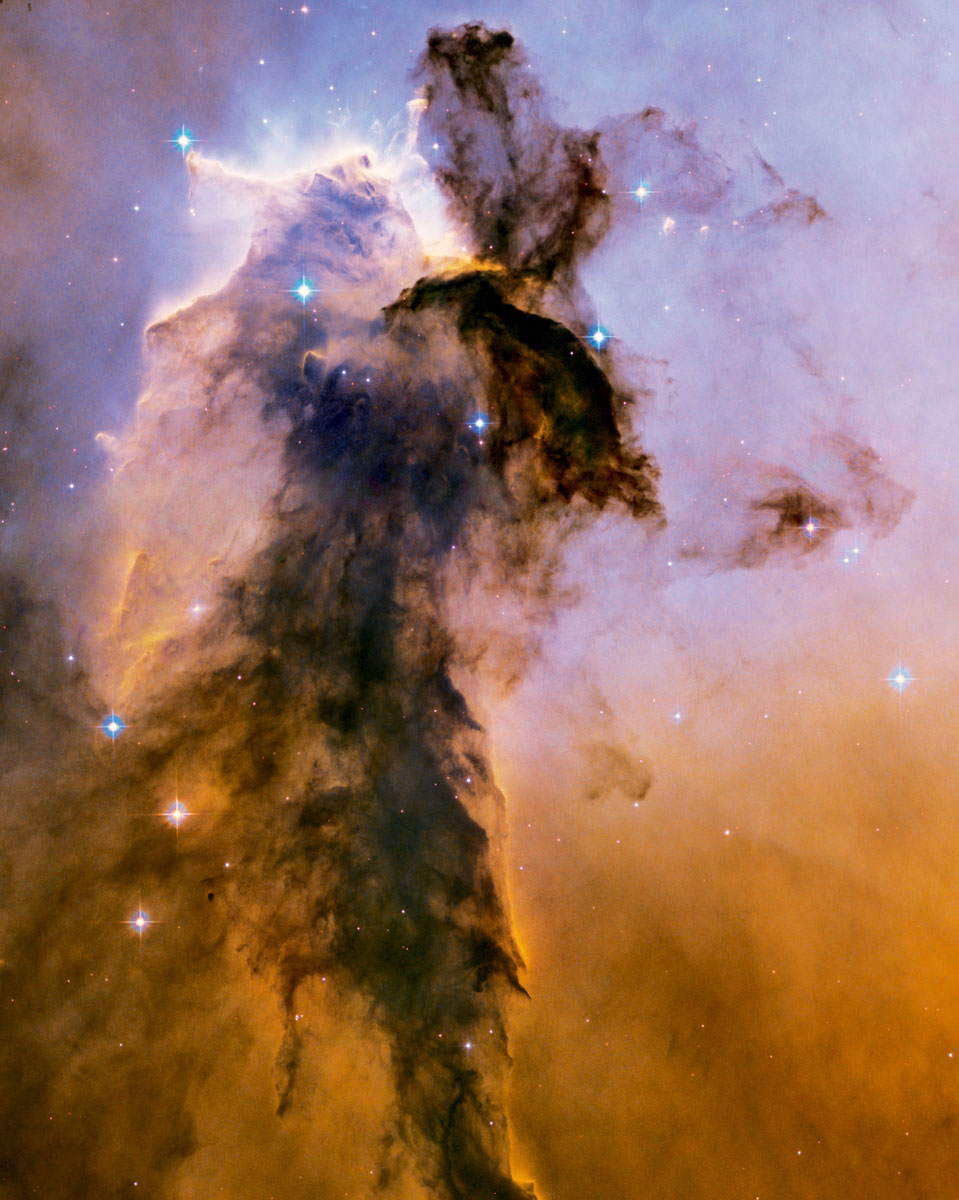
Approximately 30,000 tons of cosmic dust enter our atmosphere annually. The micrometeorites of which it is comprised arrive either in the form of irregularly shaped particles or cosmic spherules that have partially melted and lost much of their mass before reaching the surface of the earth as tiny rounded objects. Except at the most remote regions, the study of such particles is considerably hampered by the profusion of other kinds of dust raised on the planet’s great landmasses. Consequently, interplanetary dust has been most readily retrieved from the deep oceans and the South Pole.
Jean Duprat is a nuclear physicist and leader of the Solid Astrophysics team at the Centre de la Recherche Scientifique (CSNSM-CNRS) in Orsay, University of Paris XI. In 2000, Duprat and his team, in conjunction with the French polar institute IPEV and its Italian counterpart PNRA, began collecting micrometeorites at the Antarctic site known as Dome C. Duprat spoke to Brian Dillon by phone from France in August 2009.
Cabinet: Can you first of all explain why it’s important to study micrometeorites or cosmic dust?
Dome C. Duprat: There are many reasons to study dust. If you want to study the primitive solar system, you absolutely have to examine small bodies, because larger bodies only yield answers about their own history—only by studying dust can you determine the primitive component. Everywhere you look, you will find dust, even in the most remote places in the universe. It tells you things about its birth and where it traveled. It records a history. In that sense, it’s really a witness, because it can record, for example, the irradiation in different environments—interplanetary or interstellar. It’s a very silent witness: it penetrates but doesn’t disturb.
Would you call all the particles you study “dust”? And if so, how is that defined? Is it purely a matter of size?
Below a centimeter in diameter we always speak in terms of dust, whether it’s dust that enters the atmosphere, dust that collects on the earth’s surface, or even dust within the interplanetary medium. In terms of composition, the major difference between rocks and dust (except for size, of course) is that the composition of rocks varies a lot, since they have different geological histories, whereas, when you look at dust within the solar system, it’s clear that it is really rather uniform in terms of composition. It’s quite homogeneous, in fact. And this tells us something quite profound about the solar system itself; it means that below a certain size, the solar system is very well mixed. This is not obvious; theoretically, we could have expected something else. The composition of these dust particles is the composition of the sun, except for the volatile parts—the gases, I mean. If you take away the gas, the pattern of the elements in extraterrestrial dust mimics the element pattern of the sun extremely well. That is because the sun itself is made of this dust. The two share the same pattern; even the trace elements are in more or less the same ratios. That makes sense once you know it, but it’s still a rather impressive thing, because the dust is so tiny and the sun is so big!
And the precise composition of the particles...
The major elements are oxygen, silicon, magnesium, and the characteristic of extraterrestrial dust is that it’s more enriched in iron and nickel, or, to be more precise, it’s the earth that is depleted in iron and nickel. The reason for that is quite simple: because the earth is rather large, it has melted and differentiated—it has a core, a mantle, and a crust. Originally, the composition of the earth was very much like that of the sun or of the dust; but most of our iron and nickel went into the core when the earth melted, so if you take an earth rock—an average crystal rock—it will be depleted of iron and nickel, and this is a very straightforward way to see whether a rock is of extraterrestrial origin or not.
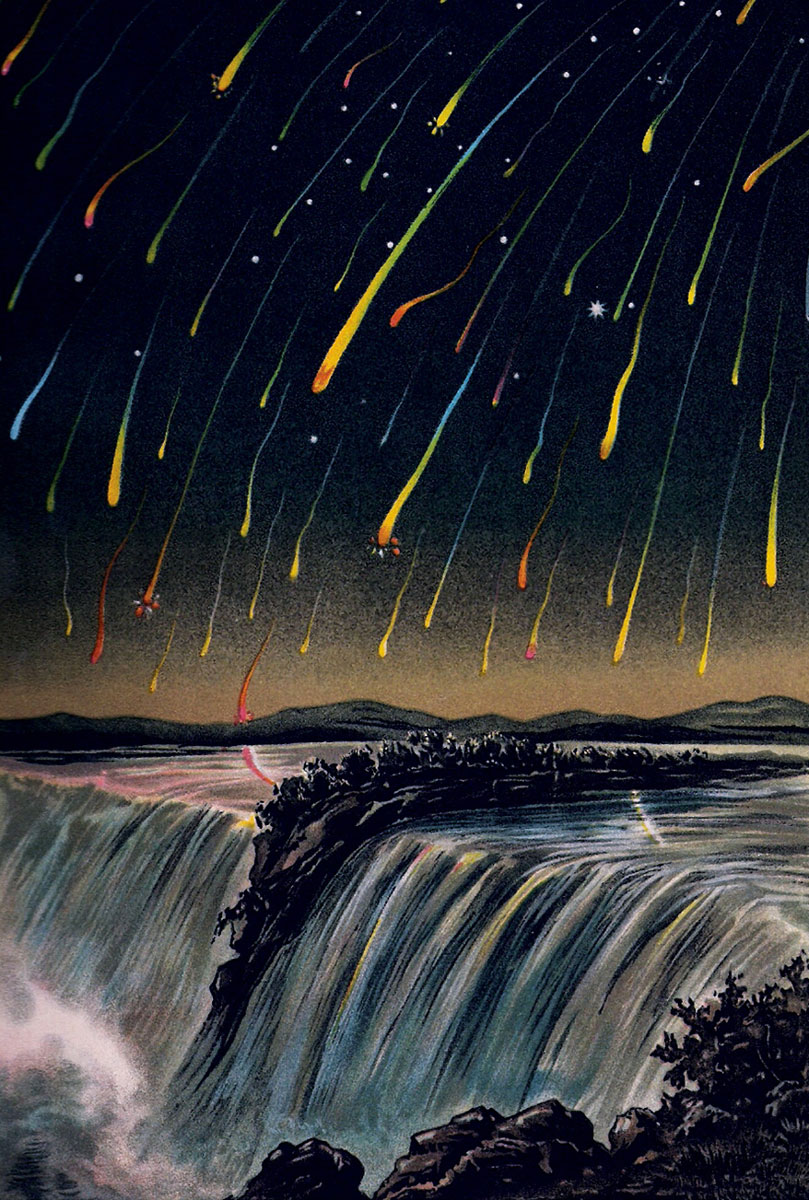
What are the special conditions that make Antarctic dust preferable to study? Is it entirely a matter of the relative absence of contamination?
That’s the key. There are several things to say; the first is that there is a difference between the North Pole and the South Pole. Antarctica is better for our purposes because the southern hemisphere is dominated by oceans, whereas in the north you have a lot of land. The north produces quite a lot of terrestrial dust, which can reach areas as remote as the center of Greenland, whereas in the south there are oceans that do not produce dust and right in the middle, lost and very far from anything, is Antarctica. We went to the center of Antarctica, where there are three kilometers of ice on the land. The wind constantly blows from the center of the continent to the coast and produces a natural clean room, and in fact, the only terrestrial dust that can reach central Antarctica is dust that’s below a few microns—whereas we are searching for dust that is above thirty microns and typically around a hundred. So it’s tiny, but it’s something like two orders of magnitude larger. And within that range what we’ve proven is that most of the dust in the Antarctic snow is of extraterrestrial origin, except the dust we brought with us.
Are the particles uncovered in the Antarctic different or more numerous than those at other remote parts of the earth: the deep ocean beds, for example?
In deep sea collections, you essentially find cosmic spherules; these are micrometeorites that have been altered on atmospheric entry—essentially they have completely melted into round spherules, sometimes losing more than eighty or ninety percent of their mass. They were first recorded in the deep sea by the Challenger expedition in the 1870s. That expedition performed a collection in the middle of the Pacific, which is in fact a sort of desert because there isn’t a lot of terrestrial dust, so they were able to find extraterrestrial particles. The particles fall everywhere, but you will only be able to find them in regions where you have very low contamination of terrestrial particles. In Antarctica, it is possible to find much more fragile interplanetary particles that have endured a minimal terrestrial alteration during their stay in the snow.
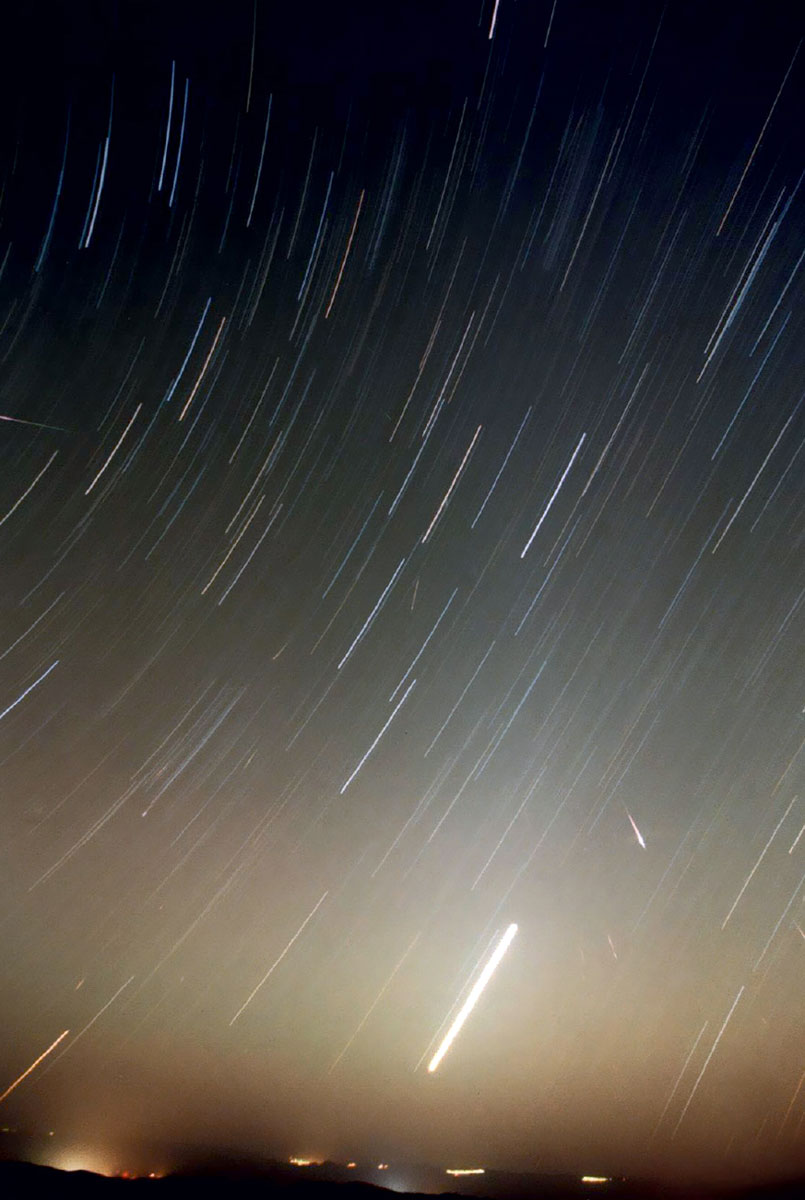
How old are the micrometeorites that are found at the Antarctic? When did they arrive on earth and how deep are they submerged?
You can define different ages. The first would be when the particles formed. All the particles formed, more or less, 4.5 billion years ago, which is the time when the solar system formed. All this dust condensed within a few million years. The second age would be the time when the dust arrived on the earth—this is the age of the snow where we collected it. And there it’s very precise—it’s within the last century, and it’s more precisely between the 1950s and the 1970s, because we dug trenches that were about five meters deep, and this more or less corresponds to that period. What you’ve got to realize here is that central Antarctica is of course very remote and cold, but it has another characteristic: it’s extremely dry, with an average precipitation of about 3.5 cm per year, which is essentially nothing. Of course it never rains: the temperature range is between –30°C and –80°C . It can snow, but in fact it never really snows as such; there are little particles of snow in the air, but at the end of a year it makes between three and four centimeters of water, which is about ten centimeters of snow. So if you dig about four meters, you will be more or less in the 1970s.
Why was it important to dig to that particular depth, or to that date?
Because we were searching for something, but we failed. In 1966, there was a shooting-star storm. The cosmic spherules are residues of shooting stars. When they enter the atmosphere, they heat up very quickly and they ionize. You don’t see the particle itself of course—that’s something like three millimeters across—but what you see is a tube of atmospheric gas that is ionized by friction. It’s very similar to a neon light; it’s the same phenomenon. Now, in 1966 the earth’s trajectory around the sun crossed the tail of a comet that had been around a few centuries ago and left behind a trail of dust. The storm is a regular occurrence: it’s called the Leonids—it occurs in November. The 1966 storm was quite heavy, and so we hoped to find the residual dust. As it turned out, we didn’t find any, that is, we couldn’t identify any difference, in terms of the concentration or composition of particles, between the snow layer corresponding to the 1966 Leonids and other snow layers. The other reason for digging so deep was that we wanted to reach layers of snow that predated any exploration; the first trip to that zone was in the 1990s, and so digging between the 1950s and 1970s was very safe for us, because that stratum had seen no pollution at all.
How are the particles extracted, observed, and stored?
The collection took place on the central Antarctic plateau in the vicinity of the Concordia Research Station located at Dome C (73°S, 123°E), about twelve hundred kilometers from the coasts of Adélie Land. This is a permanent inland scientific station that was built by IPEV and PNRA, the French and Italian polar institutes. Thanks to their logistical help, we were able to go and work there. We dug huge trenches—they’re about forty meters long, eight meters wide, and five meters deep—and then manually cleaned them by excavating the snow. We had to avoid any sort of smoke. Within one cubic meter, you’ll find perhaps twenty or thirty particles, which means you’ve got to be extremely clean and rather strict about pollution. Once you’ve dug this large trench, you remove the first ten centimeters of the flank and then you begin digging in the flank of the trench. You take the snow and put it into very clean cans and bring them back to the station to melt them very gently in a dedicated smelter. You melt a few cubic meters per day, and filter that water; if you’ve got the correct protocol and you’re very cautious about pollution, you end up with something that is essentially extraterrestrial. This was really a surprise for us—we knew we’d find something, but we never realized that once we’d figured out how to get rid of the pollution we’d end up with essentially one particle out of two which is extraterrestrial, which is unique. It’s the cleanest collection ever performed.
Once we’ve melted the snow, we check the filters to ensure there’s no contamination and we make a vacuum to get rid of the remaining water; we are left with the particles, which we store in dry nitrogen gas to avoid any rust. Once we’re back in the lab in France, we open the filters and extract the particles; we fragment them and we mount one fragment of each particle for analysis. With these grains, with the external aspect, and the bulk composition, you can rather easily find out what is extraterrestrial and what is not.
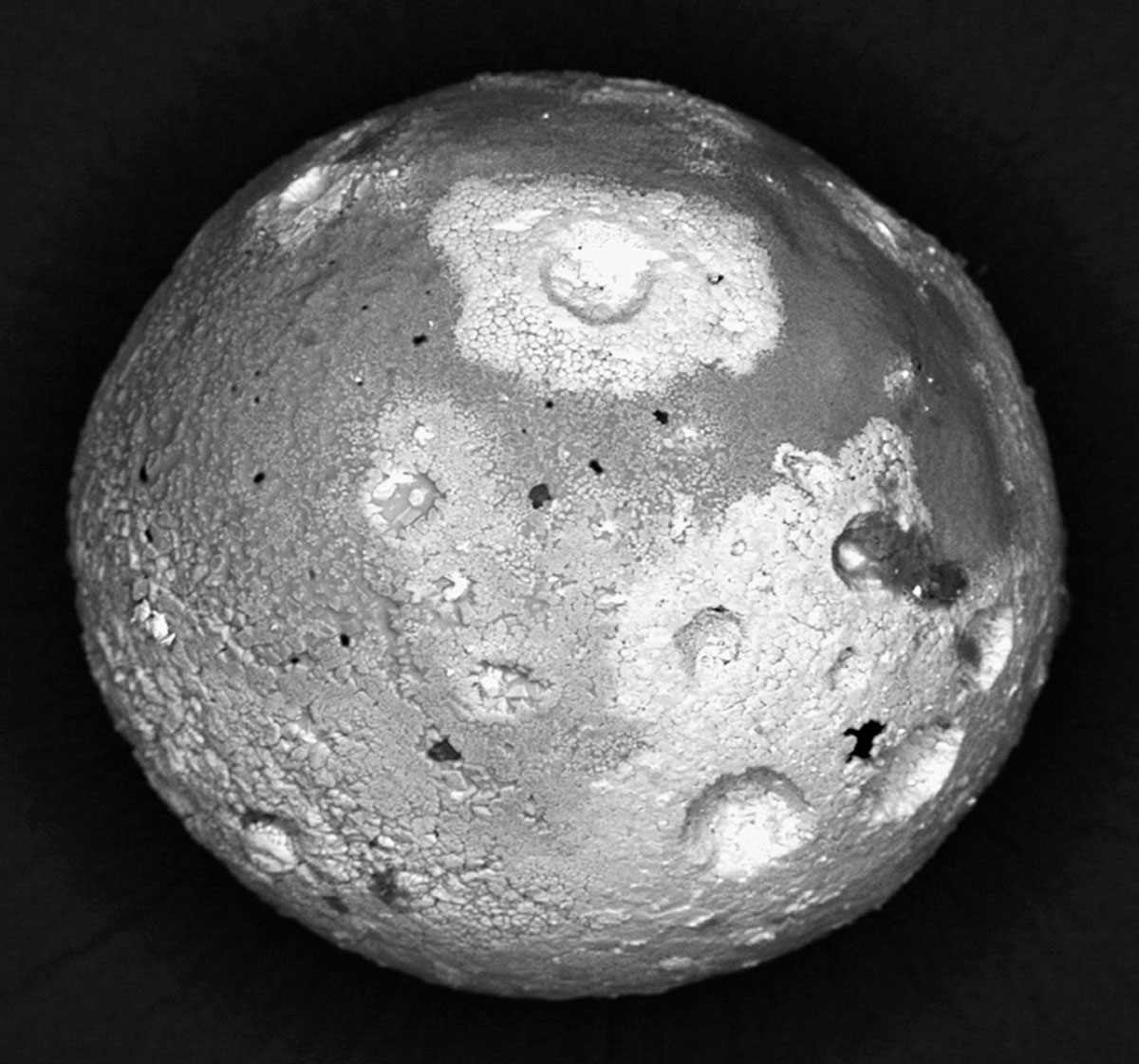
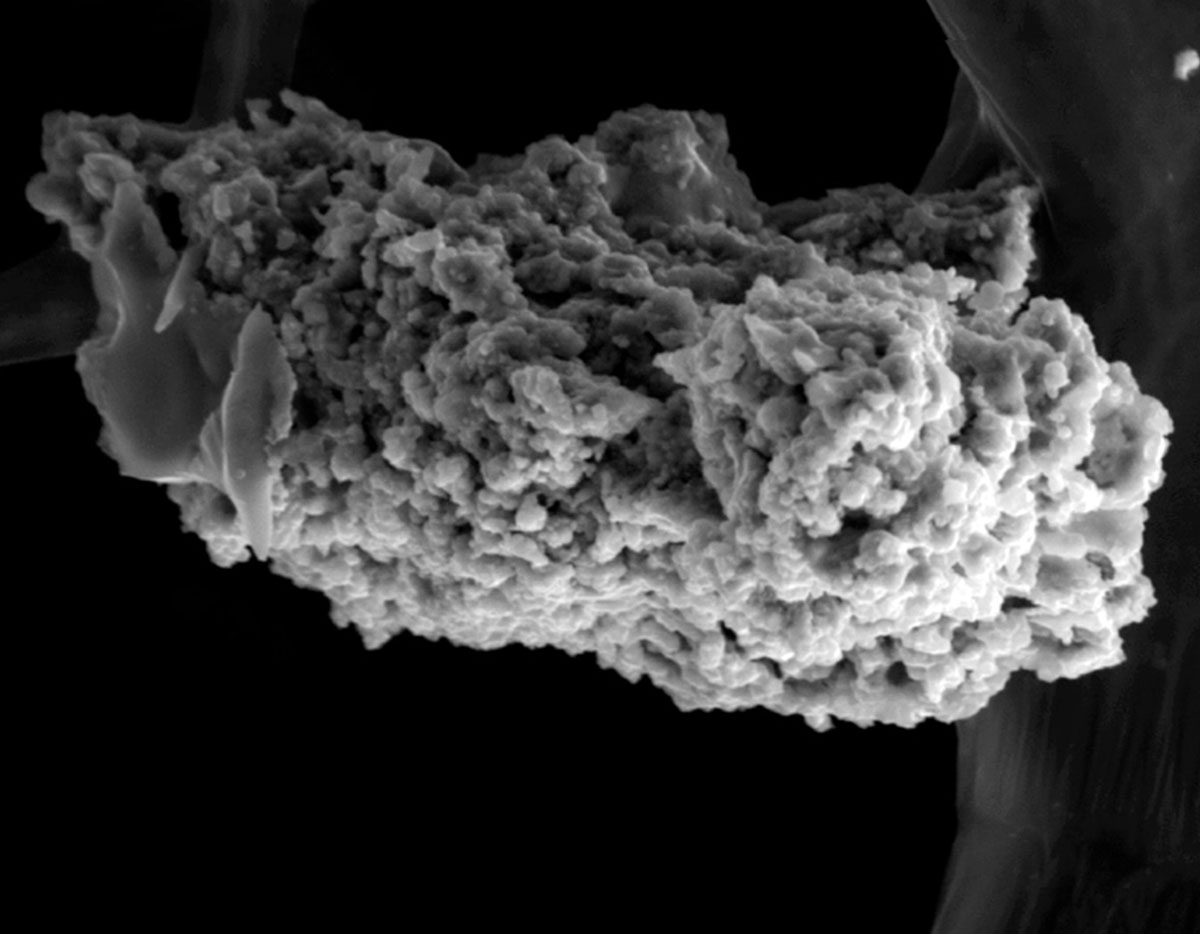
Does the rate of dust fall vary historically, and does it now vary over the course of a year?
Yes, it does; it’s very clear on radar, where you can see the dust entering the atmosphere—you can see, for instance, that in August there are more shooting stars than the rest of the year, and this corresponds to the earth’s trajectory across an old cometary tail that creates this phenomenon, the Perseids. The interplanetary medium is not homogeneous in terms of dust; there are regions where there is more dust, due to comets, and there are regions where there is only what we call the sporadic flux. If you want to picture it: the dust is more or less located, like the planets, within the ecliptic plane, which is the plane of the rotation of the earth.
How much of the dust is from asteroids, how much from comets, and what are the differences?
This is the big question at the moment. Of course, there’s a difference between asteroids and comets: asteroids are large rocks from the hot inner solar system that are in orbit between Mars and Jupiter. They’re our close neighbors, whereas comets come from a very remote place beyond the orbit of Pluto. There are two reservoirs of comets: the Kuiper Belt, which is just at Pluto’s orbit, and the Oort Cloud, which is at the border of the solar system. Comets are records of what happened early in the solar system in the very coldest place, where there was ice. Comets are icy objects. From that point of view, you would expect asteroids and comets to be very different from each other.
What we realize now, however, is that quite surprisingly, the dust or the rocky parts of comets look amazingly like the most ancient and most primitive asteroid matter that we know, which is called the carbonaceous chondrites. This has a profound implication: it means that very early in the solar system there was a radial mixing: dust from the inner part of the solar system was thrown to the outer part of the solar system. We know this because there is dust in comets that has obviously been processed much closer to the sun than the point at which the comets themselves were formed. This was the main result of NASA’s Stardust mission.
The actual question of the proportion of cometary and asteroid dust in the interplanetary particles is a difficult one: it’s not fully answered yet. What we can say is that we do find dust that is probably from the two parent bodies and, more precisely, I think we have found cometary dust in the collection we performed in central Antarctica. We’ve got dust that is extremely rich in organic matter—though not the kind that has anything to do with terrestrial life: it’s in the form of the long carbonaceous chains that are present in comets.
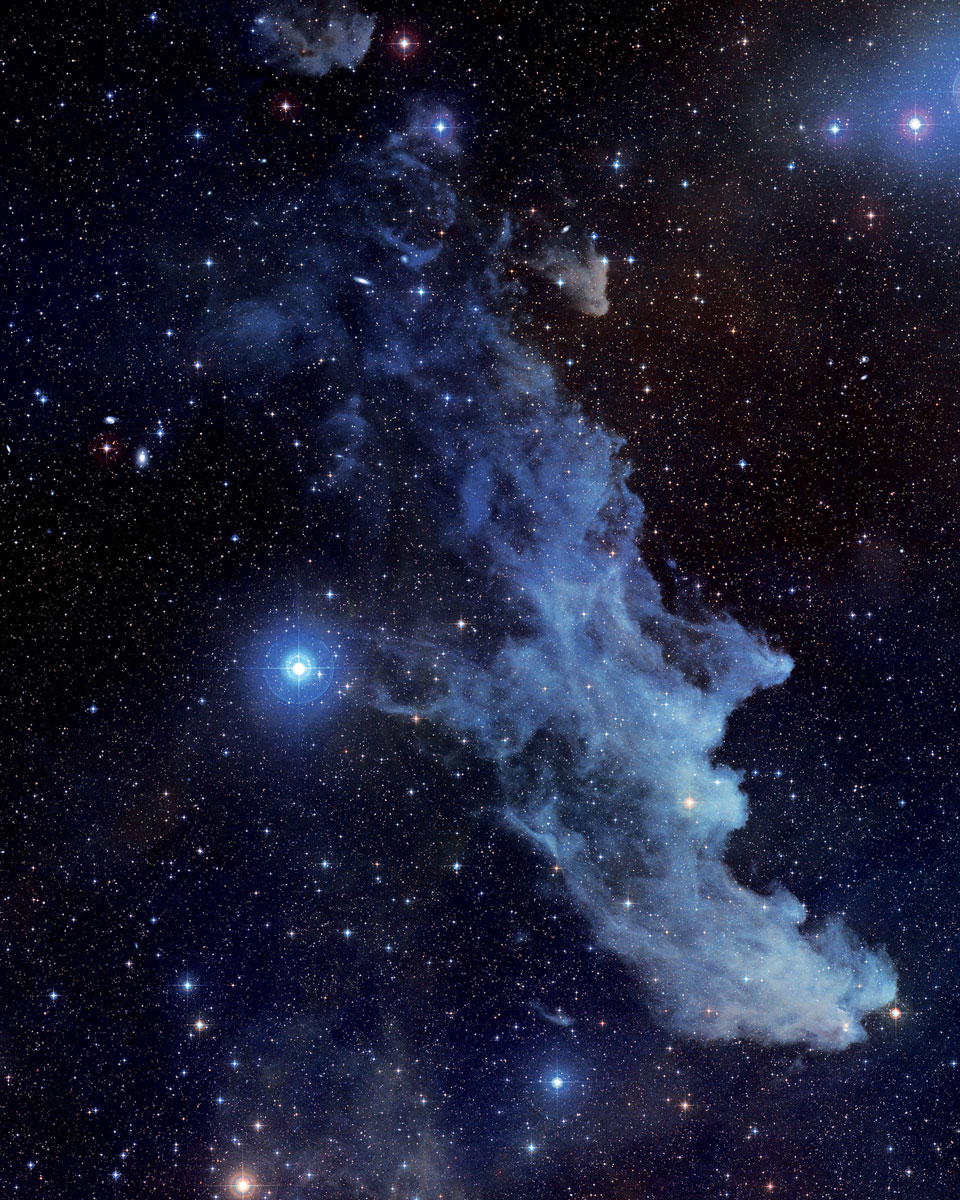
What does the dust tell us about the universe? About the solar system? About the earth?
Here we need a brief history of matter! If you look at the nuclei out of which the solar system is formed—leaving aside hydrogen and helium, which were made during the Big Bang—but if you look at the heavier elements, then everything on earth, including us, is stardust. There is no way to synthesize nuclei—at least in an efficient way—within the solar system itself; you can have a few nuclear reactions, but it’s nothing in terms of production of matter. All the matter has been synthesized in the very heart of stars before our solar system formed. Once this matter is formed into stars and ejected into the interstellar medium, it forms very tiny dust particles which are about a micron in size. In regions where it’s cold enough and dense enough—they’re called molecular clouds—you can have a proto-star that collapses in on itself to form a star like the sun. It’s at that very period that the dust begins to form the particles that we find.
So, the particles tell us things about the first million years—when the solar system formed and how it formed. But if you look carefully at that dust, you can find tiny mineral phases that condensed within the envelopes of the previous stars, and these are called pre-solar grains. These allow us to glimpse a more ancient history, from before the birth of our solar system. You can also find some dust that belongs to large bodies such as asteroids or maybe planets—this tells us about a much more recent history; the history of the moon, for example, or the history of Mars. But this is very rare. So basically the answer is that most of what we find and study has to do with the birth of the solar system.
Have you found any dust that can’t be identified in terms of its substance?
Well, maybe, but it’s hard for me to tell you about something I don’t yet understand at all. ... There might be a surprise in store because we analyze everything, and it’s the first time we’ve been able to do that. So we end up with particles that we’re absolutely not used to and we don’t understand what they are, and they might be extraterrestrial but they might as easily be terrestrial; we don’t know. Let me put it this way: in previous collections we were obliged to do a pre-sorting, so we only analyzed dust that was close to what we believed to be extraterrestrial. And with central Antarctica, the major change is that we’re able to analyze everything, because there are so few particles. And of course when you analyze everything, you sometimes end up with something that is completely weird. So that’s more or less where we find ourselves.
Jean Duprat is a nuclear astrophysicist at the Centre de la Recherche Scientifique (CSNSM-CNRS) in Orsay, University of Paris XI. He is responsible for the French program of micrometeorite research in Antarctica and is leading a team that studies the chemical and isotopic composition of these particles.
Brian Dillon is UK editor of Cabinet and AHRC Research Fellow in the Creative and Performing Arts at the University of Kent. The US edition of his book Tormented Hope: Nine Hypochondriac Lives (Penguin, 2009) will be published by Farrar, Straus and Giroux as The Hypochondriacs in spring 2010. A novella, Sanctuary, will be published by Sternberg Press later in the year. He is the author of a memoir, In the Dark Room (Penguin, 2005) and a regular contributor to the Guardian, the London Review of Books, Frieze, Tate etc., and the Wire.